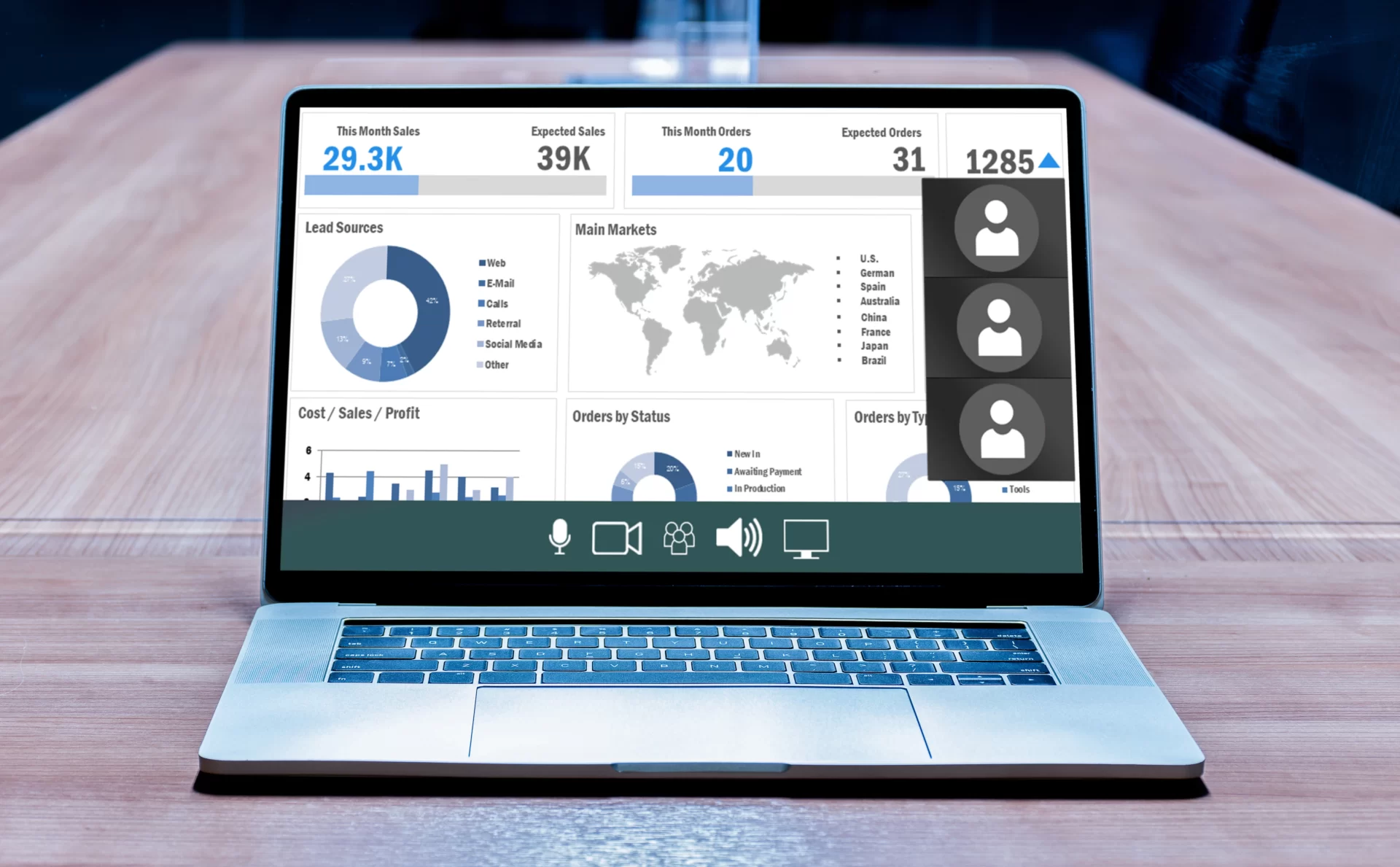1. Introduction
In today’s digital world, data-driven decision-making has become paramount for businesses of all sizes. Understanding how users interact with your web application can provide valuable insights to optimize the user experience and ultimately drive growth. This is where web analytics plays a crucial role. In this article, we will explore the concept of web application analytics, its benefits, and various strategies to improve your web application’s performance using these insights. Let’s dive in.
2. What is Web Application Analytics?
Web application analytics, often referred to as web analytics, refers to the collection, analysis, and reporting of user data to understand and optimize the user experience on a web application. This process allows businesses to track various user behavior metrics, such as the number of visitors, session duration, bounce rate, and user flows, to make informed decisions and improve the overall user experience.
3. The Benefits of Using Analytics and Tracking on a Web Application
Utilizing web analytics and tracking provides several advantages for businesses, including:
- Identifying areas of improvement within your web application
- Understanding user preferences and tailoring the user experience accordingly
- Optimizing marketing efforts by tracking user engagement and conversion rates
- Providing a data-driven foundation for decision-making
4. Identifying Your Audience and Goals
Before diving into web analytics, it is essential to define your target audience and establish clear goals for your web application. This will help you select the right metrics to track and ensure you are making data-driven decisions that align with your overall business objectives.
5. Measuring Your Web Application’s Performance
Once you have a clear understanding of your audience and goals, you can begin measuring your web application’s performance. Common metrics to track include:
- Page views and unique visitors
- Session duration and bounce rate
- Conversion rates and user flows
- Device and browser usage
These metrics can provide valuable insights into user behavior and identify areas for improvement within your web application.
6. Analyzing Your User Data
After collecting user data, it is crucial to analyze this information to identify trends and patterns. This process may involve comparing different user segments, analyzing user behavior over time, or examining specific user actions within your web application. By doing so, you can identify areas of improvement and optimize your web application for a better user experience.
7. Effective Strategies for Improving Your Web Application
Based on your web analytics insights, you can implement various strategies to improve your web application, such as:
- Improving page load times and overall performance
- Optimizing your web application for mobile devices
- Streamlining user flows and simplifying navigation
- Personalizing the user experience based on user preferences
8. The Role of User Experience and Design in Improving User Data
User experience and design play a vital role in enhancing user data. By focusing on user-centric design principles and creating an intuitive, visually appealing interface, you can significantly improve user engagement and satisfaction within your web application.
9. Enhancing Your Web Application with Improved Analytics and Tracking
As you continue to optimize your web application, it is essential to regularly revisit your analytics and tracking setup. This may involve refining your tracking methods, adding new metrics, or integrating third-party tools such as Google Analytics or Mixpanel to gain deeper insights into user behavior.
10. Conclusion
Web application analytics and user tracking are indispensable tools for businesses looking to optimize their web applications and provide an exceptional user experience. By understanding your audience, setting clear goals, and implementing data-driven strategies based on web analytics insights, you can significantly improve your web application’s performance and drive growth for your business. With the right approach, leveraging the power of web analytics can lead to significant gains in user satisfaction and overall business success.

Frequently Asked Questions:
- What are some popular web analytics tools?
Some popular web analytics tools include Google Analytics, Mixpanel, Adobe Analytics, and Daillac Web Applications. - How can web analytics help with marketing efforts?
Web analytics can help businesses optimize their marketing efforts by tracking user engagement, identifying high-performing channels, and measuring conversion rates. - What is the difference between web analytics and web application analytics?
Web analytics generally refers to tracking and analyzing user data on websites, while web application analytics focuses specifically on web applications, which may have more complex user interactions and functionality.

